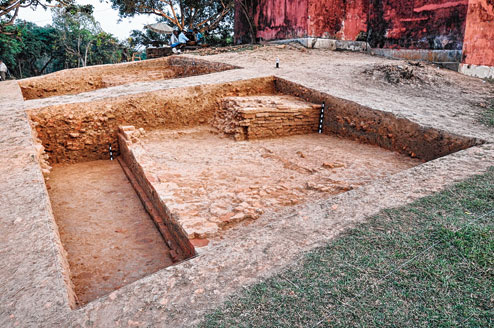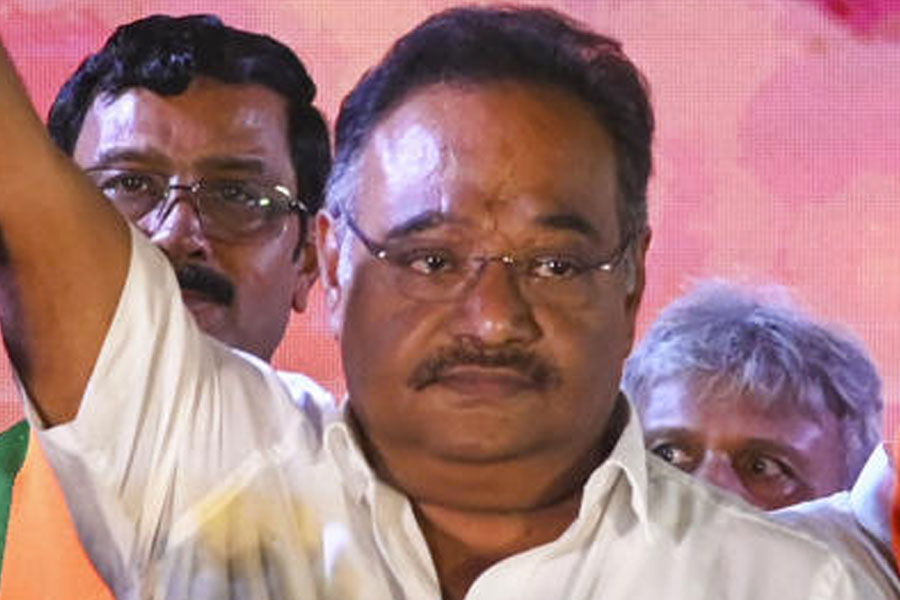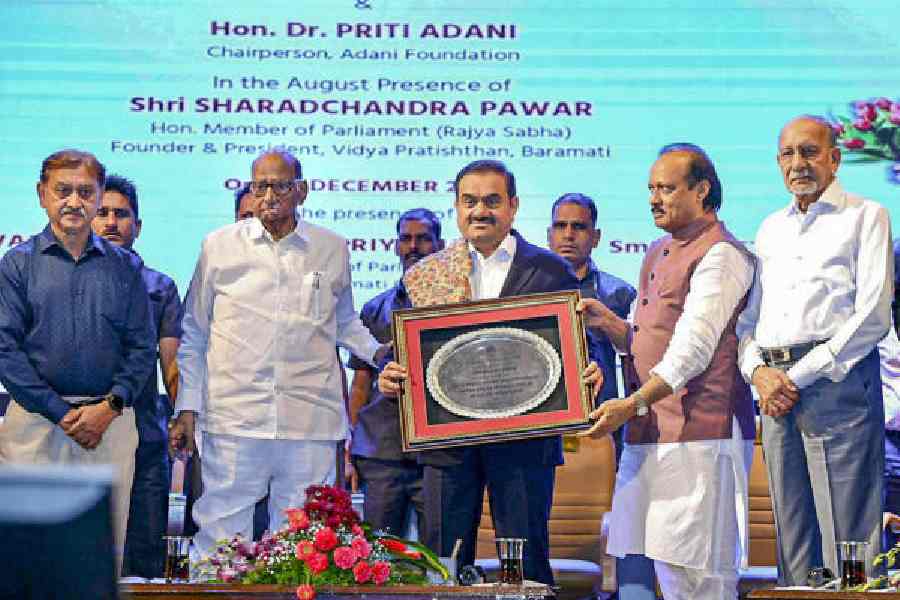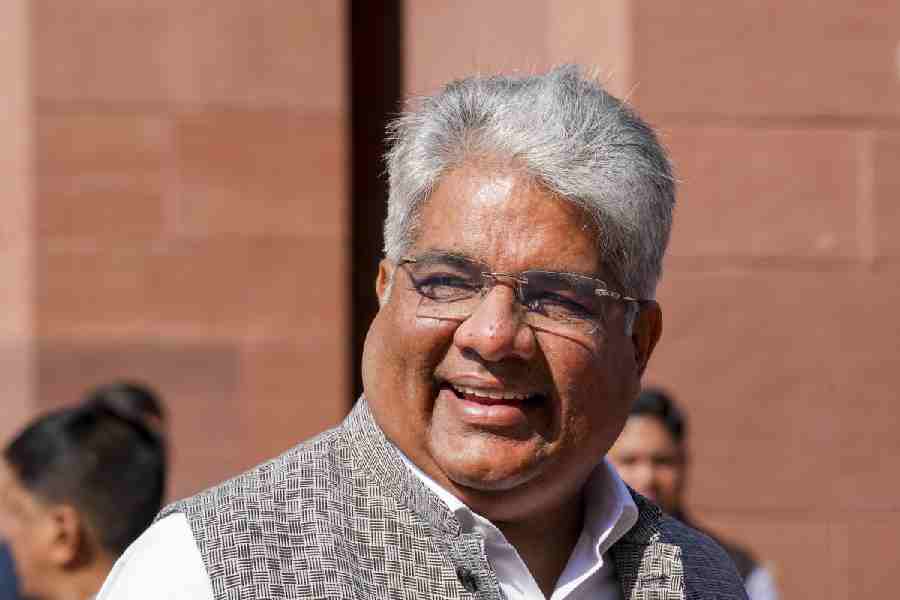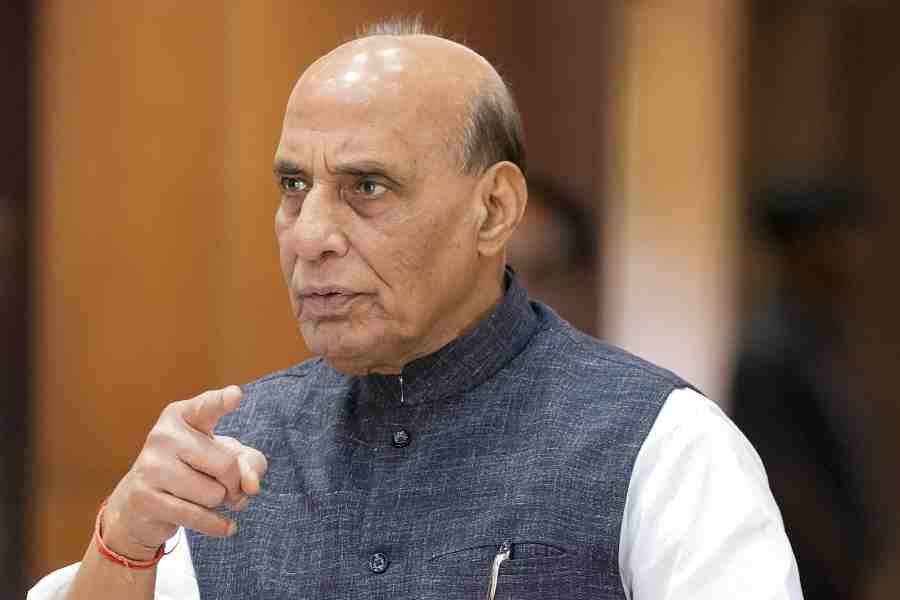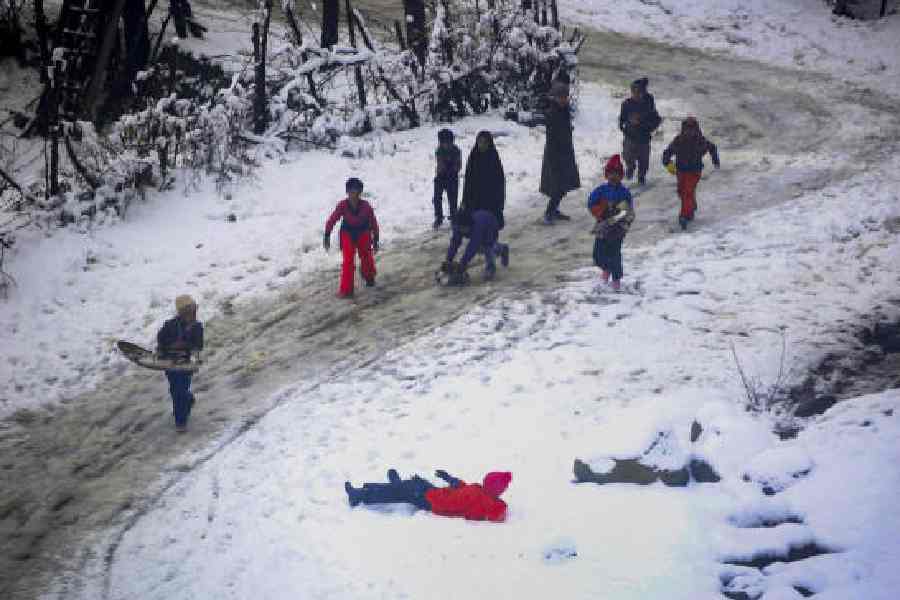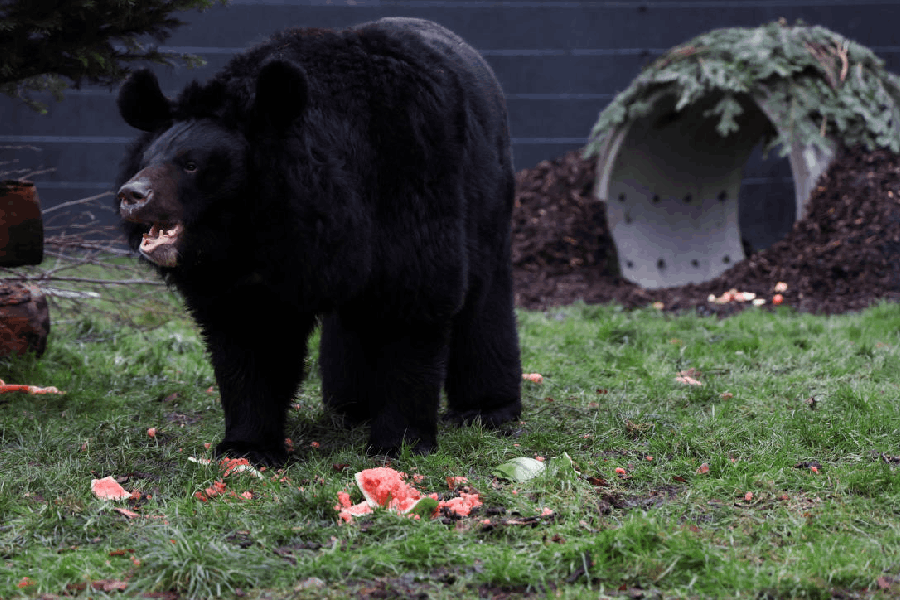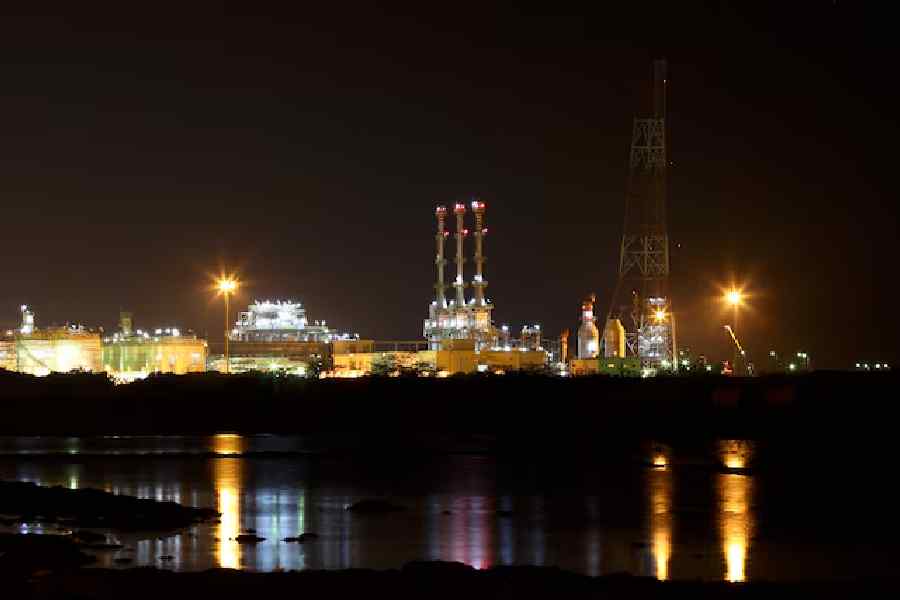 |
 |
 |
 |
 |
| (From left) The excavation site at Moghalmari, West Midnapore district; a stucco; a meditating Buddha figurine with a broken head, a pendant; and a coin |
Material evidence from the resumed excavation at the Sakhisena mound of Moghalmari village in West Midnapore could show Bengal of the late-Gupta and pre-Pala eras in a new light.
Digging restarted at the protected monument, 400m from NH60, on November 24 last year. Gautam Sengupta, the state director of archaeology, said: “The excavation will continue for several seasons and we hope to succeed in dealing with all the complexities that such a major site presents.”
Explored in phases by Calcutta University teams from 2004 to 2011 under the leadership of Asok Dutta, the site presented structural evidence of a Buddhist monastery, a stupa, votive stupas and numerous antiquities.
It started to gradually reveal “a clearer picture of this region (the Dandabhukti) in the broader Buddhist context of eastern India”.
“Such instances of stucco in situ figurines and decorations on the walls of the stupa are rare and have the artistic finesse of those found in Nalanda, Vikramshila, Paharpur and Karnasuvarna monasteries.”
The archaeologists, working in 25 trenches since November, had found a headless votive figure of the meditating Buddha with sixth-century BC Brahmi inscriptions. A gold pendant, a remarkable mixed-metal coin of king Samachardeva, a terracotta circular plaque of 5cm diameter and several terracotta seals — six of which are intact and bear Buddhist script — were also discovered.
Amal Roy, the deputy director of archaeology on location at Moghalmari, said the discovery of the coin suggested that Samachardeva, a monarch from an independent post-Gupta dynasty, might have sponsored the monastery and stupa.
The patterns on the coin and the pendant are similar to those from the Gupta age, suggesting Samachardeva’s effort to imitate or match the illustrious dynasty’s glory.
“Stucco as a decorative medium in architecture appeared in the pre-Pala era,” Roy said. “It is less frequently used in Bengal and craftsmen may have been brought from elsewhere to decorate the stupa and parts of the monastery.”
The top half of the terracotta plaque has four figures and a seated Buddha, while several votive stupas with a line in Brahmi brought up the rear. “We will know more about this site after decoding the inscription,” Roy said.
Other than souvenirs related to royalty, Moghalmari revealed shards of everyday pottery, terracotta and glass beads, hopscotch (probably used as weights) and some interesting architectural detail.
“We have selected two trenches for vertical excavation on the north-west corner and discovered three phases of brick structure. The older bricks are larger… roughly between 43 x 25 x 5.5cm and 18 x 14.5 x 5cm. There is proof that during the beginning of the sixth century, a major geological change caused massive destruction to manmade structures… perhaps Subarnarekha changed course. The resultant siltation and paleochannels are visible,” Roy said.
The monastery, built on the ruins of an older structure, had a sanctum, a circumambulatory path and five cells for monks each measuring approximately 1.80m x 1.20m. “The stupa is yet to be excavated. We have discovered a wall with stucco designs, which are currently being interpreted by experts. We have found an imposing staircase and a vent through which water probably flowed into a large earthen pot (only partially recovered) at a place that looks like a blacksmith’s workshop. Iron nails, slag and other objects associated with metal forging are found there,” Roy said.
The archaeologists have been super-excited about a huge complex at the lower level that could be reached through a staircase. So far 11 steps of bricks, decorative bases of two pillars and several square chambers have been discovered.
The entire complex cannot be uncovered because the road linking the site with the highway comes in the way. Roy wished that the “hurdle” (the link road) could be shifted.
The archaeology team’s plan is to dig up the monastery side first and move to the stupa end later because a village clubhouse currently stands on top of it. They hope the villagers would co-operate and allow unhindered digging.
Restoration and conservation of the site are being simultaneously carried out.
“Stucco is fragile and we had to ensure their safety. The state has identified land for museum and Rs 70 lakh is likely to be sanctioned soon. This will ensure proper safekeeping and public display,” Roy said.

